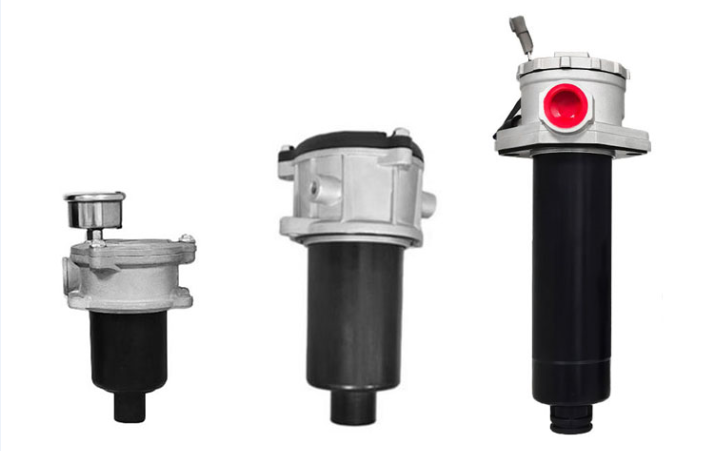The key to maintaining hydraulic oil filters is regular replacement and system cleaning:
1. Drain the old hydraulic oil
Before replacing the hydraulic oil filter, it is necessary to discharge the original hydraulic oil in the system.
2. Check the filter element
Check the return oil filter, oil suction filter and pilot filter to see if there is iron, copper or other impurities. If these impurities are found, it may mean that some components in the hydraulic system are faulty and need to be repaired and troubleshooting.
3. Clean the system
After troubleshooting, the hydraulic system should be thoroughly cleaned to ensure that there are no residual contaminants in the system.
4. Replace the filter element
When changing the hydraulic oil, all hydraulic oil filters must be replaced at the same time, including the return oil filter, the oil suction filter and the pilot filter. This is because the old filter element may be saturated or damaged, no longer have sufficient filtration capacity, if not replaced, the new hydraulic oil will soon be contaminated.
5. Use the right filter element
Select the appropriate type and specification of the filter element to replace, to ensure that the new filter element can meet the filtration requirements of the system.
6. Check regularly
Even if there are no obvious signs of failure, the condition of the hydraulic oil filter should be checked regularly and replaced according to the manufacturer's recommended cycle.
7. Avoid pollution
In the process of replacing the filter element, care should be taken to prevent new pollutants from entering the system.
8. Record the maintenance
It is recommended to record the time of each filter replacement and the use of hydraulic oil in order to track the service life and maintenance cycle of the filter.
9. Follow the operation manual of hydraulic oil filter
When maintaining the hydraulic oil filter element, the operating manual and maintenance guide of the equipment should be strictly followed to ensure correct maintenance procedures.

